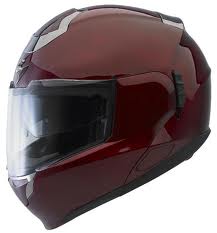Well, this preamble to show that the hunger for speed of a motorcycle is something insatiable, never-ending, almost. Now that the limits are more stringent now that licenses fly like butterflies in the hands of police officers armed with cameras more and more ruthless, Suzuki GSX-R 1300 proposes aka Hayabusa.
What has missile ground floor of this particular bike? Nothing, except that he can easily overcome the 300 hour staffing, to 200 in just fewer than 7 seconds and just over 200 meters in short, this Hayabusa is a missile capable of down to earth performance nothing short of extraordinary. Exaggerated in every way, this four cylinder is not a monster, heavy and unwieldy ready to wheelie or scoured every throttle opening; it is instead a bike to ride well or very well, specially built with many criteria to allow to tap its huge potential.
Omit the personal comments on aesthetics. In a brief investigation I have discovered that, like all things extreme, the feelings and opinions are very mixed. Some are ready to swear on her absolute beauty, but whoever looks at her with contempt. Turning Hayabusa with phrases like "is simply wonderful" or "looks like a suppository with the wheels" are wasted.
Let's say that exceed certain speeds the bikes "must" be done with: aerodynamics, when you want to break through the wall of the 300 hour, assumes a crucial role so as to determine all the technical and aesthetic choices. Beyond the fact that like it or not, this big Suzuki then be taken as is. It must be said however that the gray-black, makes it a little 'more than justice to the line of motion with respect to the "flesh-colored," of whom it is permissible to doubt.









































